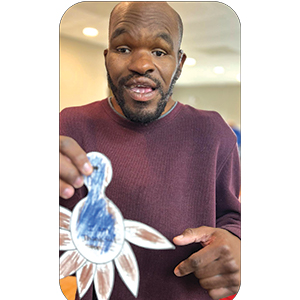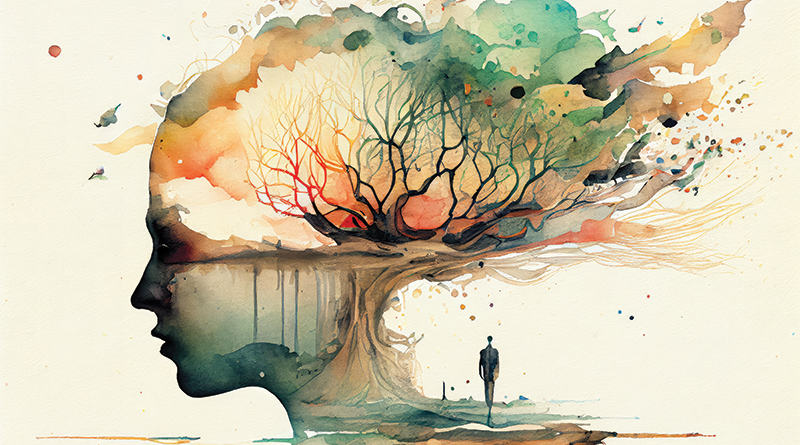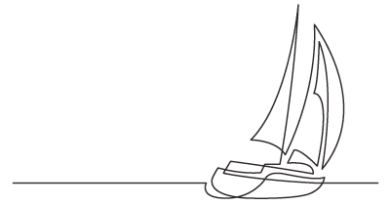The Ghost in the Machine
by Robert Brumet
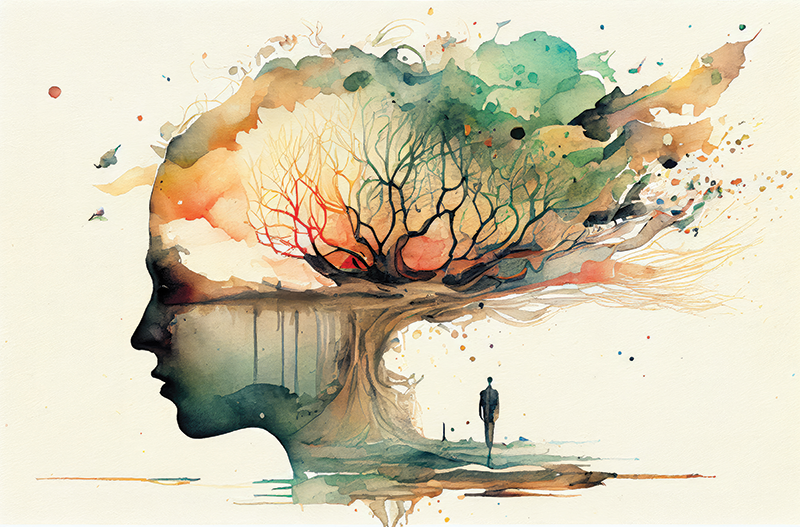
When I was a child, I would sometimes muse about who I was and how I got here. I was never quite sure how I got here, but I had a pretty clear sense of who I was. My body was a machine, and I was a little man that sat between my eyes and ears and pulled a lot of levers and pushed a bunch of buttons to make the body move. I could choose which lever to pull when I wanted an arm to move or an eyelid to close. My eyes were a window to a world that I seemed to be part of– but never quite understood how.
As I grew older and began to study philosophy and psychology, I realized that my image of myself was not as unique as I had thought. When I came across a book by Arthur Kessler titled The Ghost in the Machine, it convinced me that I was not alone in my perspective because that’s exactly how I felt—like a lonely ghost trapped inside of a big machine.
This point of view had its genesis with the now famous statement by Rene Descartes, a French philosopher and mathematician, who declared, “I think, therefore I am.” This articulates the now assumed human condition that we live in two worlds: one is the internal world of thoughts and emotions, and the second is the external world filled with sights, people, and objects. We live in the duality of an internal, subjective world and an external, objective world—and never the twain shall meet! To this day, there is no unified theory as to who or what we are or why we are here.
The plot thickened even more when I discovered the Buddha Dharma. I was told that I had no real self! So now what? This blog is largely a response to that question. “Who am I?” Or maybe “Am I?’ I would like to share with you my perspective on this enigmatic issue. At first, it seemed crazy to believe that I had permanent self. The self is the center of all my experiences. It is like the ground I stand on.
But let’s look at the ground upon which I stand. I seem to be standing still. And yet, I know that I am not still; we are moving around the earth’s axis at about 1,000 miles per hour. I am whizzing around the sun at about 75,000 miles an hour. I believe this is true—but it seems irrelevant to my everyday life. A few days ago, I was on Zoom with a colleague who lives in New Zealand. I teased him by saying, “You should be upside down!” He responded by saying, “No, you are the one that should be upside down!” As we saw each other on the screen, I saw that we had the same up and the same down. Yet, viewing us from a global perspective, I would see that my down was his up, and vice versa.
There are many enigmas when it comes to science, especially if we get into quantum science. But I won’t go there today. I want to return to the Buddha’s teaching. The Buddha taught there are two realms of existence. One realm is the conditioned, the born, the relative—it is the realm most of us live in. The other realm is the unconditioned, the unborn, the absolute—which the human mind cannot understand. He said that if we identify with the relative self exclusively, then we live in delusion and suffering. But if we see the relative self as a portal to the unconditioned, then it can be of immense value for awakening.
I now turn to a quote by the meditation master Dogen, who lived in 13th-century Japan and was the founder of Soto Zen. Dogen says, “To meditate is to study the self. To study the self is to dissolve the self. To dissolve the self is to become intimate with all things.” This is a very potent statement. Let’s unpack it. To meditate is to study the self. He did not mean to study in an academic or philosophical sense; he meant to experientially inquire. It means to pay attention to that which we identify as the self. To study the self is to look at the self objectively. This requires a subject: a witness, an observer.
From the Upanishads: Two birds, inseparable companions, perch on the same tree; one eats the fruit, the other looks on. The first bird is our individual self, feeding on the pleasures and pains of his deeds. The other is the universal self, silently witnessing it all. To study the self is to observe the self with nonjudgmental awareness. As I observe the self, I notice there are two types of self; one layer is a self that I can observe, the other I cannot. The observable part of myself I will call “me.” Examples are my body, which I can see, feel, and touch, and my thoughts, which I can see or hear, albeit in a different way than I perceive the outside world.
The other part of myself, which I cannot see, hear, or touch, I will call “I.” The “I” is always the subject; it is never the object. It is that which sees and hears and knows. It is the witness, the observer. To study the self is to dissolve the self. The way to dissolve the self is simply to look for it. When we look for it, we won’t find it! So ironically, we “dissolve” the self by seeing that it does not even exist.
To dissolve the self is to become intimate with all things.
When we see there is no self, then the world that seemed to be “out there” is no longer distant or alien—it becomes closer than your own breath. One definition of intimate is “Belonging to or characterizing one’s deepest nature.” To become intimate with all things” means to see that in your deepest nature, there is no essential difference between you and the universe. You are the universe, and it is you. Author Ken Wilber writes, “… it becomes perfectly obvious that you do not see the sky, you are the sky. You do not touch the earth; you are the earth. The wind does not blow on you; it blows within you.”
You are not a ghost within a machine. You are in the universe, and the universe is in you.
Find more articles and teachings by Robert at www.robertbrumet.com.

When you choose Fulfillment House, you help provide meaningful work to adults with special needs.
Fulfillment House offers printing, packaging, warehousing, and shipping for personal and professional needs.

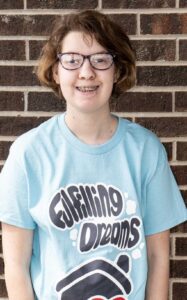 Name: Dasia
Name: Dasia
Age : 20
Dasia is one of our more recent hires at Fulfillment House. She has been part of our team for more than four months now. She enjoys all the tasks here and is always happy to jump in and help wherever needed.
Dasia is very active outside of work and has various interests. She enjoys playing video games and sketching on her iPad, especially anime. She is quite a talented artist! Dasia also loves animals and spends a lot of time with them. She helps take care of her many pets at home, including four dogs, four cats, four chickens, and two snakes. This is also her second year riding horses at Northland Therapeutic Riding Center, which she says is really fun!
Thanks for everything you do for Fulfillment House, Dasia!
Contact us for Print, Design, Shipping or Warehousing!
print@thefulfillmenthouse.org
www.thefulfillmenthouse.org
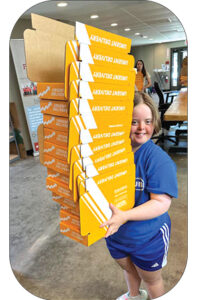 The Fulfillment House began in 2018 as a passion project for two local business owners as one of their sons with Down Syndrome was navigating the often-difficult transition to life after high school. They saw the potential to take an existing business need and transform it into an enriching employment opportunity for adults with special needs.
The Fulfillment House began in 2018 as a passion project for two local business owners as one of their sons with Down Syndrome was navigating the often-difficult transition to life after high school. They saw the potential to take an existing business need and transform it into an enriching employment opportunity for adults with special needs.